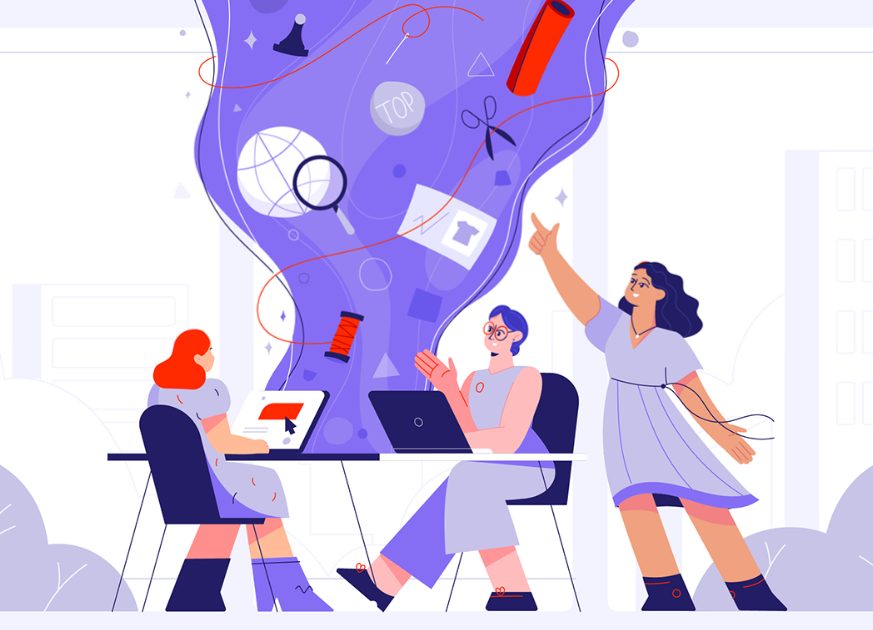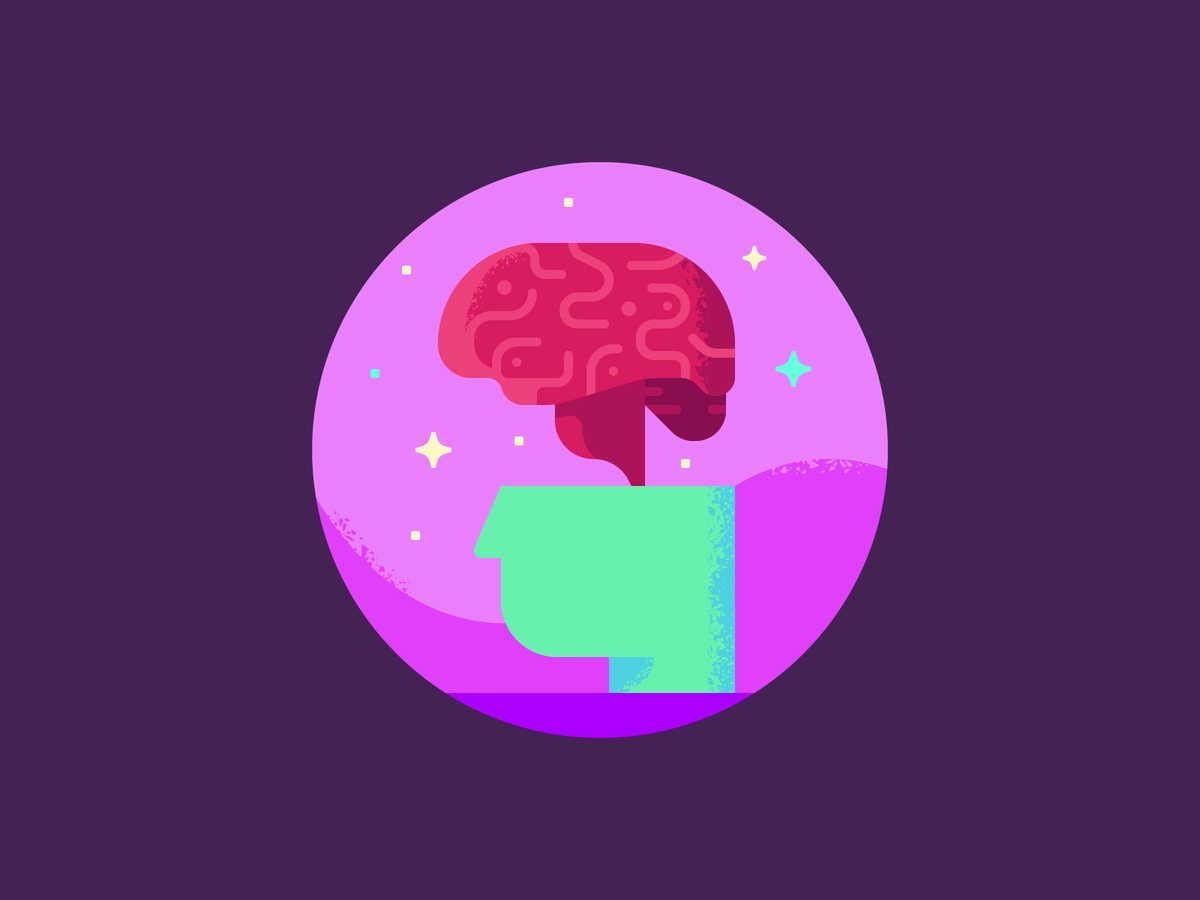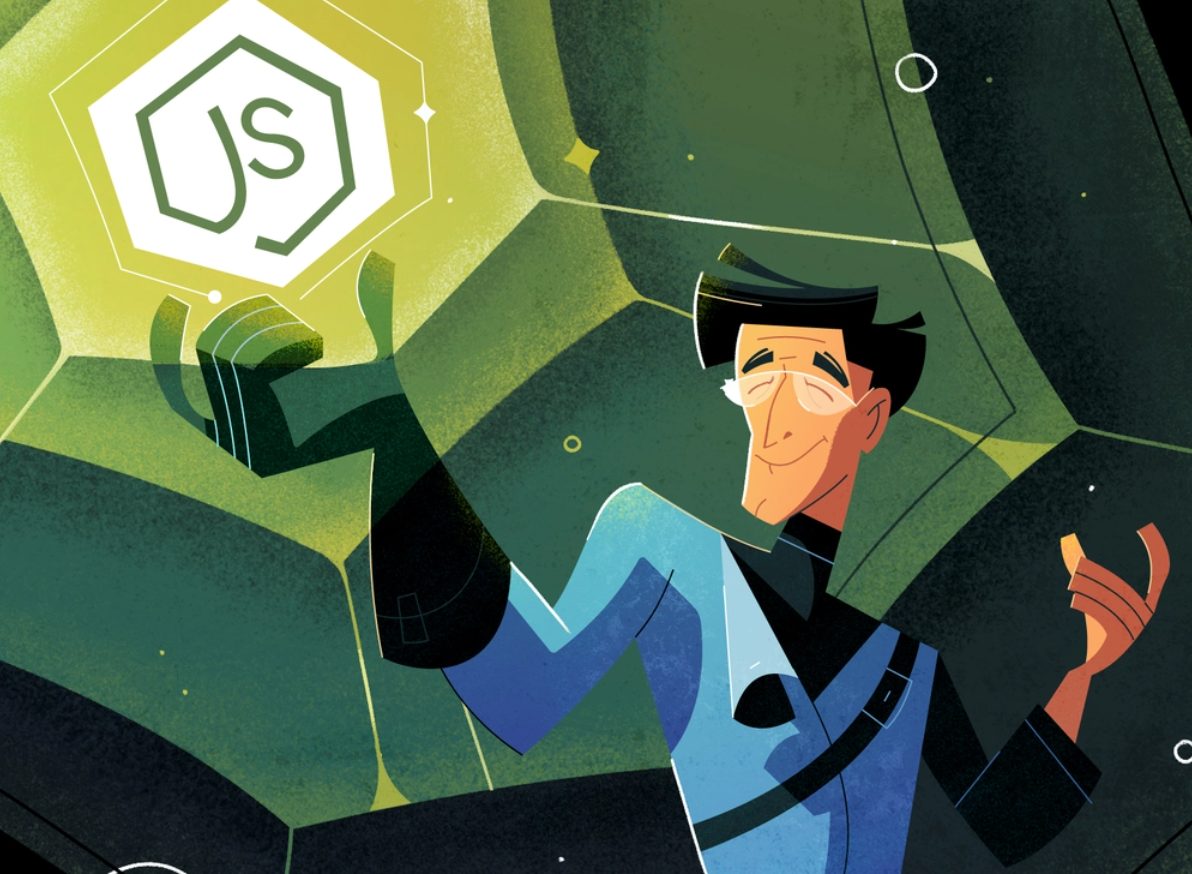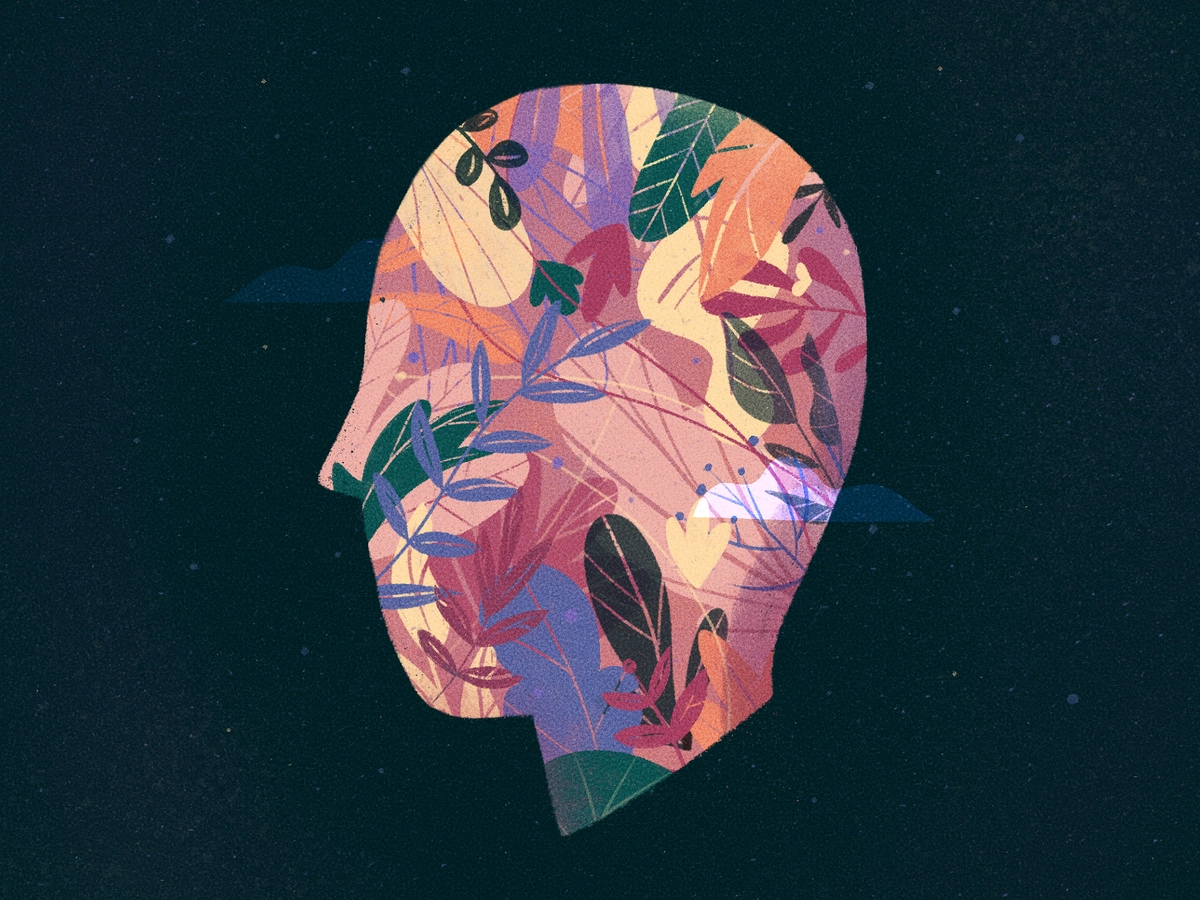How often have you had a product idea that never came to life? And how often have you put off thinking about improving something because you needed to understand the product design cost estimate in detail? We are sure that there are many such stories.
The ability to see the complete picture from the get-go is the basis of all the next steps to the desired product and realized idea.
When you understand how much time and money you can spend on creating a digital product, the decisions will come faster and they’ll be more reasonable, and therefore more successful. In this article, we collected all the factors that affect the final price of your ideas.
Here you will find insights about complex pricing structures, and tools to make informed decisions on budgeting for your project. After reading this, you will be able to create your product design cost easily.
Key factors that affect product design cost estimate
Let’s start with the factors that make the price of a product design. Usually, the total product cost depends on the size, complexity, technical requirements, and the level of the design team of your project.
Project size
This factor is a major one in defining how much product development costs. Almost all the other characteristics of the project will depend on its volume.
The term “size” can refer to various aspects of the product, including its complexity, functionality, and scale.
Let’s look at the aspects that will make it easier to draft out the size of a potential project:
- A number of features. A product with more features will require more time and resources to design. This is because each characteristic needs to be planned, designed, and tested. More features mean more time spent on the design.
- A number of integrations. If a product needs to be integrated with other systems, this will increase the cost. The design team needs to understand the principles of the work of other systems and how they will interact when integrated.
- Volume of data. If a product needs to handle a large volume of data, it needs more testing, developers need to make sure that the product is scalable and can handle the expected load.
Project complexity
Project complexity refers to the level of the product logic.
Also, the complexity can be in the design itself when a product needs to have some custom fonts, icons, images, or other sophisticated elements, etc. UX/UI linearly affects usability, so you should not neglect the complexity issues while doing your product design cost estimate.
The project complexity aspects that affect the cost the most are as follows:
- Complexity of features. For example, a product with a custom user interface or complex animations will be more expensive than a product with a standard user interface and simple animations.
- Infrastructure and hosting requirements. Larger products may need more servers, storage, and bandwidth, leading to higher infrastructure costs. Additionally, the type of infrastructure that can handle vast-scale digital products will be more expensive.
- Testing and quality assurance. The bigger your product is, the more testing and quality assurance efforts it requires. This includes manual and automated testing, bug fixing, and ensuring the product works as intended across a wider range of devices and platforms. You should allocate either a lot of time or an extra budget for these check-ups.
Supporting services
A developed product cannot just hit the ground running, Any kind of software requires more than one service that will support and improve its work.
Here are some examples of such support services, the costs of which should be taken into account in the product development cost estimation.
- Maintenance and updates are necessary for any digital product. Larger projects may require more frequent and complex renewal, so this constant update will contribute to long-term maintenance costs.
- Regulatory and security requirements addressing legal scrutiny that software products face lead to increased costs associated with compliance and data protection measures.
- Localization and globalization. If you want to expand a product’s reach to a global audience, be ready to pay more. Adding multiple languages and cultural tweaks can increase development and testing expenses.
Tech stack
Businesses seeking to incorporate advanced technology into their products should be aware that they will incur additional expenses associated with their chosen technology stack.
Product design tends to be more cost-effective when opting for a standard product with a minimal feature set. Conversely, for advanced and scalable projects, the expenses tend to increase significantly.
Yet, incorporating extra features can massively enhance brand identity, foster client loyalty, and bolster various facets of the business.
Here’s what you’d want to keep in mind when choosing the tech stack for your project:
- Programming language. If you need to develop a website with static content, using HTML and CSS is the way to go. They are good for working with sites and ensuring rapid development. For high-performance application development, languages such as C++ or Python may be better choices. They provide access to powerful libraries and allow for optimizing performance. However, development in these languages is more costly.
- User experience and design. Larger products often require more sophisticated user interfaces and designs. Investing in user experience can increase costs, especially if the product needs to be visually appealing and user-friendly. But these expenses are worth it.
- Custom integration and compatibility. Designing a product that integrates with existing systems, ensures compatibility across multiple devices, and is scalable or adaptable to future changes often results in higher design costs. Factors such as customization to meet specific client needs also contribute to increased costs.
Careful consideration of these elements during the design phase is essential to strike the right balance between functionality and cost-effectiveness.
Team location
The geographical region where you hire your product design team plays a big role in determining the overall cost.
Labor costs can vary between regions, with areas like North America and Western Europe typically commanding higher salaries for design professionals, compared to regions with lower living expenses like some parts of Asia or Eastern Europe.
The practical aspect of working across different time zones has its pros and cons. On the one hand, potential language and cultural differences can influence communication efficiency on the project. On the other, skillful managers can spread the working hours across time zones so that the work on the project would go 24 hours a day.
If you are choosing to engage a dedicated team in your product design, we assume you would be choosing among these three regions:
- Eastern Europe
The rate of a specialist in Eastern Europe is average compared to other popular outsourcing regions. It will be $25 for a beginner and up to $50 for a senior. This region is developing very quickly and has many advantages. For example, the time zone is more convenient than in Asia or Latin America. Also, local specialists show advanced skills and a high level of English. In addition, laws in Eastern Europe are less strict than in America or Asia. However, there may be problems with complex taxation systems.
- Asia
For specialists from Asia, lower rates are typical, starting at $18 and reaching a maximum of $40 in big cities. At the same time, this market is not characterized by particularly high-quality services. It is also worth considering that local laws do not ensure the security of your data. It will be cheaper to hire a specialist in Asia, but weigh all the pros and cons and choose only proven companies.
- Latin America
The field of product design and development in Latin America is rapidly growing qualitatively and quantitatively. This growth affects the rates of local specialists. For example, qualified juniors charge $30, and seniors rate starts from $50. Here, as in Asia, there are problems with ensuring data security. Among the advantages are territorial proximity, a rapidly developing and increasing market, and quality services.
Team level and size
The longer designers that you hire have been working in their industry niche, the more they are valued. Senior specialists have priceless experience and a higher service rate. Accordingly, the product design cost will be higher because you pay for their expertise.
Luckily, you don’t need all seniors on your projects. Usually, the development team consists of 2-3 leading professionals in UX/UI, product design, and development, accompanied by middle- and junior-level executives who work on the daily tasks.
The size of the development team needed to build a digital product is often directly proportional to the size and complexity of the project. It can be anywhere from five people for a small task to 12 for a large-scale idea.
Cooperation model
Normally, design companies offer either a fixed price or a time & material (T&M) cooperation model to form the contract. If you want to find out more about Fireart pricing models and IT outsourcing costs, contact our team.
- Fixed price. This is a way of cooperation between the customer and the company that provides the product design service when the price is almost completely determined in advance. They offer you their packages of services, and you choose the one that suits you.
Keep in mind that in the course of work on the project, the need for additional services and team efforts may arise, resulting in a price increase.
This type of cooperation is suitable for you if the product needs to be improved, or serviced, or every tiny aspect of its operation is clearly defined (which is, unfortunately, almost never the case).
- T&M. Time & material cooperation model forms the per-unit cost by the resources that will be spent on the creation of the product. The team fixes the time, the specifics of the services, and the number of involved specialists; then calculates the cost based on this.
Few tips for estimating the cost when working with a product design team:
- Clarify how much time the designer will need for a certain task
- Get the designer’s earnings per hour
- Multiply the number of hours needed to complete your order by the designer’s rate
While this basic formula helps you estimate the cost of simple design elements like illustrations, motion design, or logos, it also provides a basic understanding of how costs are derived, making it easier to do broader project estimations.
T&M is a very transparent and flexible way of pricing. It is ideal for young projects that are likely to face constant changes and will require prompt response and adaptation to new needs.
For more project cost details when it comes to software development, read How to Estimate Software Development Cost.
How long does it take to create a product design?
There is a set of basic product design steps that any project follows. However, the speed of their implementation will depend on the scale of your idea.
Since the size of the project will have the greatest impact on the final price of the product design, let’s consider how the time and resource allocations change depending on the scale.
Small project
Creating a new product or startup usually takes about six months. If it’s a brand-new product from a smaller or startup company, it could take nine to twelve months. The work breakdown looks like this: 30-60 hours for product discovery, 60-90 hours for UX design, 50-100 hours for UI design, and 40 hours for Usability Testing.
Middle-sized project
Mid-sized companies normally already have a formulated product idea and a list of basic requirements. On average, most full-service design projects will take at least 6 months to complete all the phases. A middle-sized project from start to finish may take a year and a half including testing, fixing bugs, and maintenance. The breakdown is as follows:
Product discovery: 60-120 hours
UX design: 120–200 hours
UI design: 110-220 hours
Usability Testing: 40-80 hours
Enterprise size project
The design team that works with an enterprise-level project will take a lot more time to explore a niche, search the market, conduct business analysis, create wireframes, and conduct testing. Besides, the enterprise-level projects often require more customization.
Product discovery: 120-240 hours
UX design: 200-500 hours
UI design: 400-600 hours
Usability Testing: 80 hours
How much does product design cost?
Now that we know what affects the cost of product design, let’s consider the average market per unit cost for this service.
Developing a new product from scratch may cost anywhere from $10,000 to over $10 million, depending on its size, scale, and complexity, where $10K is your local bakery app, and $10M+ is Uber.
In most cases, the cost of launching a new product by a mid-range brand for one or a few markets falls within the average of $50,000 to $250,000, with a possibility of reaching the $500,000 mark for the larger products, heavily regulated industries, or projects inquiring extensive support.
However, the exact number depends on the industry, product type, competition, and your specific goals. To avoid unexpected expenses, you should estimate costs for each project stage.
Total cost can also vary depending on the vendor you choose for your project. Here are some examples.
Development companies
The rates charged by full-service design and development companies go from $100 up to $450 per hour. The number depends on what market sectors the company serves, their track record, and the network they may leverage on your behalf.
Design studios
For design companies and studio services, you’ll pay anywhere from $3,000 to $50,000+. It will include branding, illustrations, product design, app, or web UX/UI. The cost will also depend on whether you need services like concept development, prototyping, 3D modeling, user testing, or other specialized design services.
Other
Freelance designers and teams may charge anywhere from $100 to $100,000+ to create a high-quality product design. You may get lucky and find a freelance designer who will charge less than a company. However, the single-person team is usually less resourceful than the whole design studio is.
Why do you need a product design team?
The team providing product design and development services is your reliable support system, especially if you don’t have expertise in design, technology, or UX/UI. An experienced team not only assists in the project but also helps with accurate development cost estimates. They provide you with a cost breakdown and determine the best approach to meet your requirements.
Conclusion
Now you know about the various factors that can influence your product design costs, from the team’s location to the elements of the design process.
Budgeting for product design involves a great balance between your vision, your resources, and the complexity of the project. If you are torn between all the great ideas you have, you can start estimating project costs in advance or delegating the budgeting to professionals.
We at Fireart have delivered multiple product design projects in both product development and product refreshment, and we will be happy to work with you on estimating your idea’s cost.
Our business experience allows us to understand the whole picture and calculate the possibility of risks, so feel free to reach out today to get a free consultation or check our case studies.
FAQ
How do you calculate product design costs?
The cost of your design will depend on factors like the project’s size, complexity, technology stack, the team’s experience, and the collaboration model chosen. Given the uniqueness of each product, a tailored design and development estimation approach is often the optimal choice.
What are cost models in product design?
Design companies typically offer two cost models: fixed price and time & material (T&M). The fixed price model involves a predetermined price based on service packages. It’s suitable when project aspects are well-defined. T&M pricing is based on the resources used, such as time, services, and the number of specialists involved.
Why is product design cost estimate important?
Cost estimation is a fundamental aspect of product design that ensures financial discipline, effective resource management, risk reduction, and alignment with client expectations, ultimately contributing to the success of the project.





















